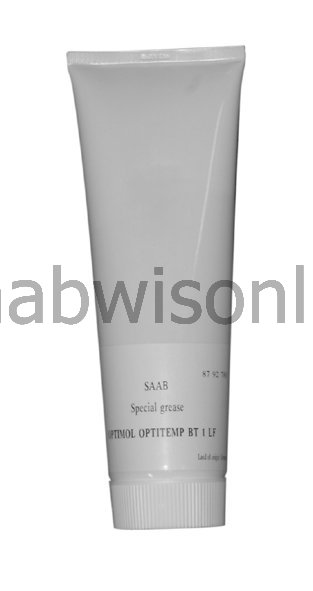|
13.
|
DISPOSAL CONSIDERATIONS
|
General information
|
Dispose of in accordance with legislation in force.
|
|
Unused product
|
Do not empty into drains or watercourses. Dispose of at hazardous or special waste collection point.
|
|
Used product
|
Treat as unused product. For more information, contact your local environmental protection agency.
|
|
Packaging
|
The regulations on producer responsibility for packaging covers the responsibility of the producer to deal with various packaging waste, specified in detail in the regulations. Packaging should be reused or recycled in accordance with set targets.
Castrol AB fulfils it producer responsibility through affiliation to REPA, which is a subsidiary of four materials companies. The materials companies carry on, through subcontractors, the collection, removal and handling of used, sorted packaging. Queries about local packaging collection can be answered by the local materials companies and subcontractors. For information (Sweden only) ring REPA, tel. 020-73 11 12
|
|



